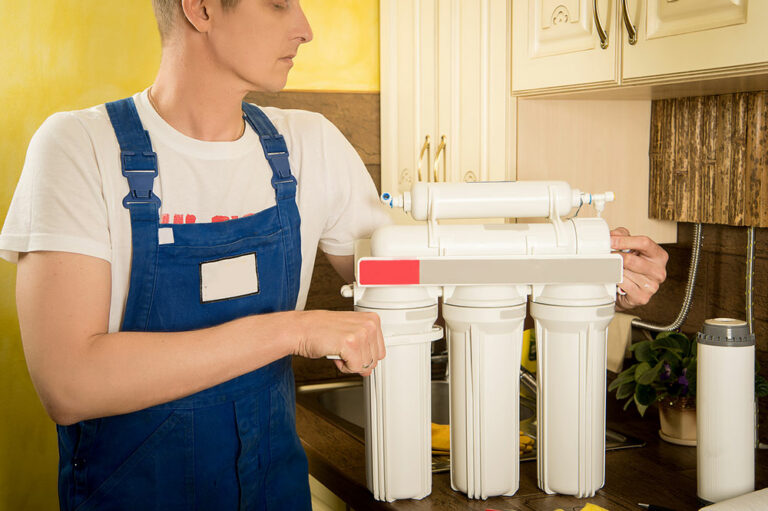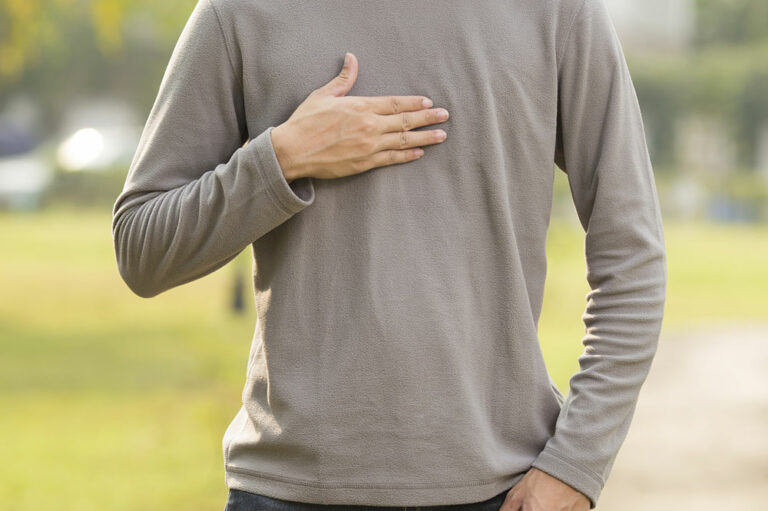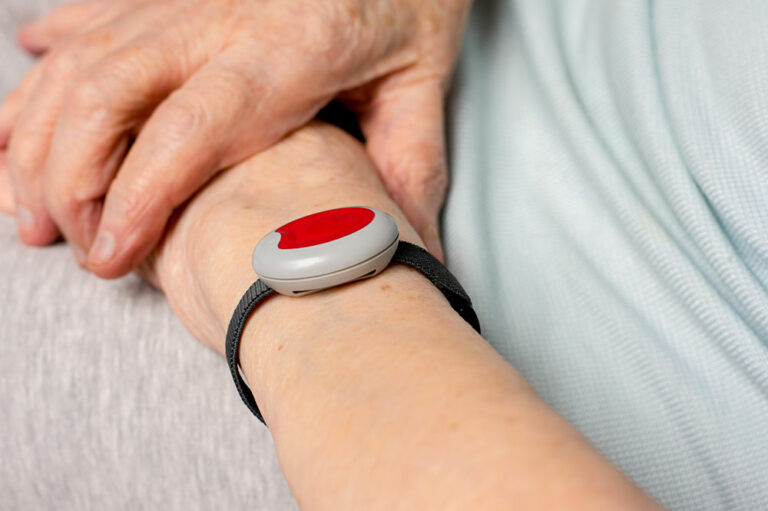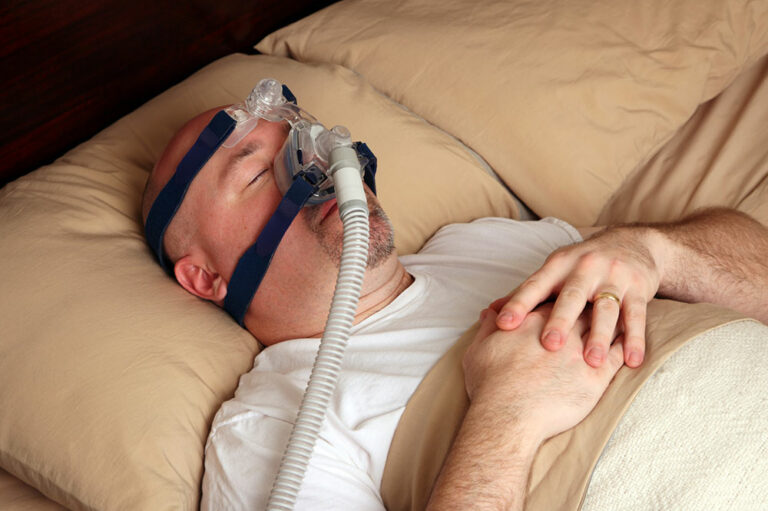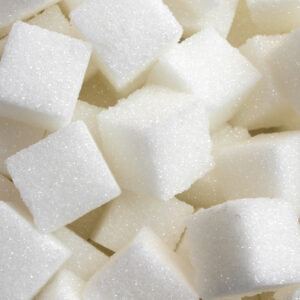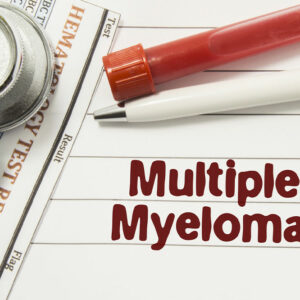
7 tips to eat healthy on a budget
Food prices are on the rise, and eating healthy may seem like a task given the hefty bills after a run to the grocery store or a dinner out with friends. That said, there are definitely ways to eat wholesome and satiating meals without dipping into one’s savings. For this, one needs to plan ahead and shop strategically. Here are a few other tips that can help one eat healthy food on a budget: 1. Buy whole foods Whole foods, or foods that aren’t processed to change their structure, can be surprisingly affordable. For instance, a pack of canned beans costs less than a pack of refried ones. Similarly, a block of cheese is much cheaper than shredded cheese. Consider buying whole fruits and vegetables instead of pre-chopped and packed salads. When considering per-serving costs, whole grains, oats, and brown rice are cheaper than most processed cereals. Additionally, buying fruits and vegetables that are in season is also a great way to incorporate soluble and insoluble fiber into one’s meals. Fruits and vegetables that are available all year tend to be a tad expensive. Also, picking seasonal produce means that it is packed with nutrients and flavors. Moreover, buying produce by bag is a budget option rather than buying per piece.
Read More 